
Archive
177 posts

Divico, Agroscope’s new disease-resistant grape variety, is noted for the quality of its wines. Blending trials with the Pinot Noir variety have shown that Divico is also highly suitable for correcting colour intensity in the latter.

Characterisation of a Plant-Based Cheese Alternative Based on Swiss Raw Materials
As part of the trend towards vegetarian and vegan products, Agroscope looked into the production of plant-based alternatives to soft cheese based on Swiss raw materials.
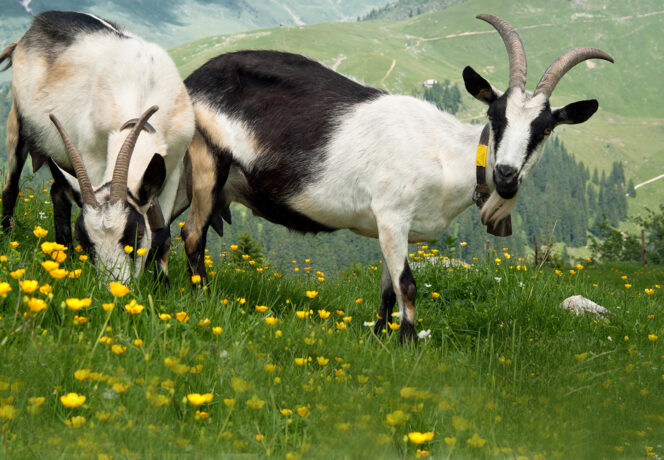
Consumption of Raw Goat’s Milk: What Is the Risk of Infection with TBE Viruses?
Tick-borne encephalitis (TBE) pathogens can be transmitted to humans by the consumption of raw milk and raw-milk products from infected goats. The risk is judged to be low, and is most likely to come from on-farm consumption of the (unpasteurised) products.
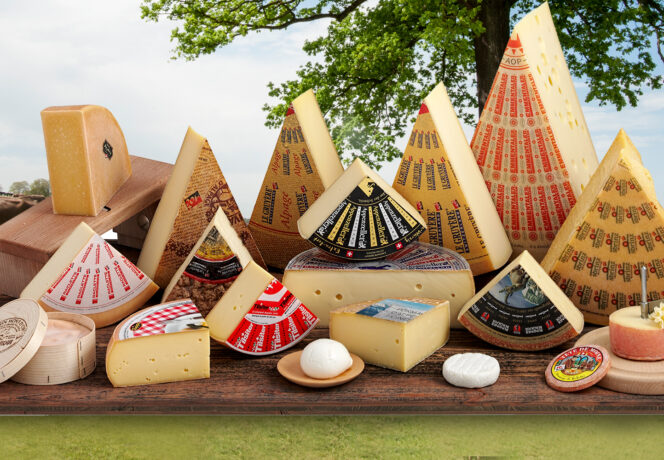
Use of Iodised Salt in Cheesemaking Improves Iodine Sufficiency
Sections of the Swiss population are deficient in iodine. Agroscope and the Federal Food Safety and Veterinary Office (FSVO) examined how the use of iodised salt affects the iodine content of cheese.
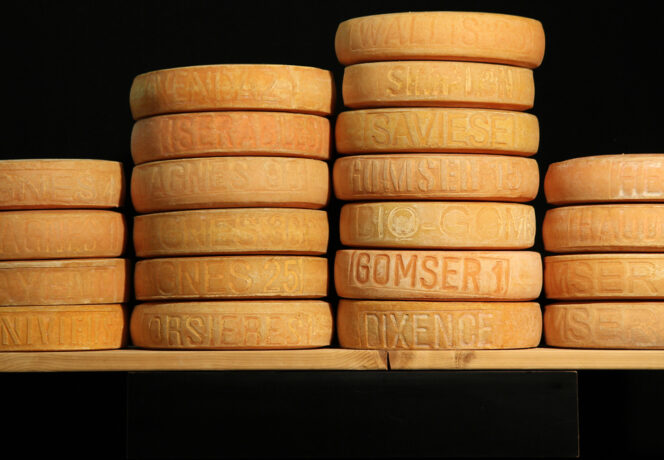
Characterisation of Raclette du Valais PDO
Agroscope has comprehensively characterised the cheese variety Raclette du Valais PDO (Protected Designation of Origin). With the reference values obtained, cheese-dairy advisory services will be able to identify cheese defects more easily in future.

Swiss Cheeses Are an Important Dietary Source of Vitamin K2
Vitamin K2 plays a key role in blood clotting as well as having a positive influence on bone and cardiovascular health. Cheese is an important dietary source of this microbially produced vitamin.

Traditional Foods as Alternatives to Synthetic Compounds
A strong immune system is important for health. Foods that are rich in propionic acid, such as Emmental cheese, have a supportive effect, and are a possible alternative to compounds with synthetically produced propionic acid.
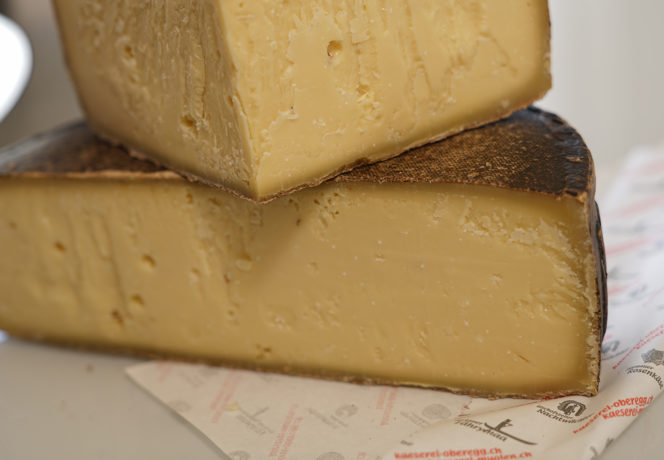
Raw Milk and Raw-Milk Products Affect our Health
Raw milk and raw-milk products can affect our health in both positive and negative ways. A study conducted by Agroscope summarises current findings from the research literature and classifies the positive effects and risks.
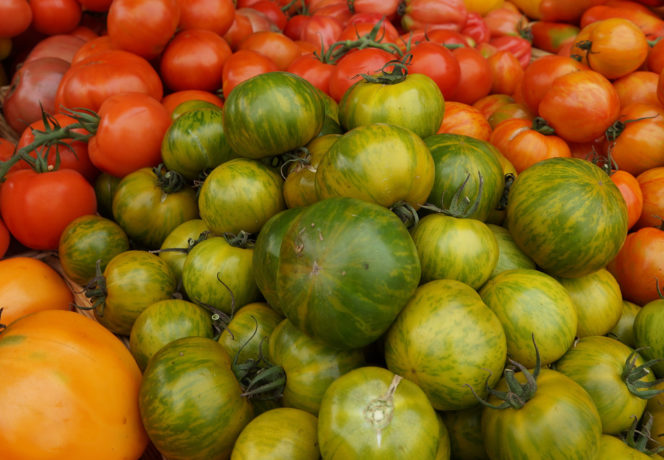
There is a Market for Agrobiodiversity
The term ‘agrobiodiversity’ refers to the variety of plant cultivars and species that feature in the human diet. A study in four European countries shows that consumers are interested in this diversity. The genetic diversity of food-crop varieties and species is archived in state gene banks, and continues to serve as a starting point for…

Counterfeiting now also Detectable in Extra-Hard Cheeses
To protect Swiss cheeses from counterfeiting, Agroscope has developed marker cultures from lactic acid bacteria that allow the origins of the cheese to be determined. Proof-of-origin cultures for extra-hard cheeses are now also available.

Comparison of methods for quantifying butyric acid bacteria in milk
As part of a milk processor’s annual winter campaign for monitoring the contamination of raw milk with anaerobic spores harmful to cheese – also called butyric acid spores – the analysis methods currently used in Switzerland (MPN method according to CNERNA and filtration method according to Bourgeois) are compared with a new method (SY-LAB). To…
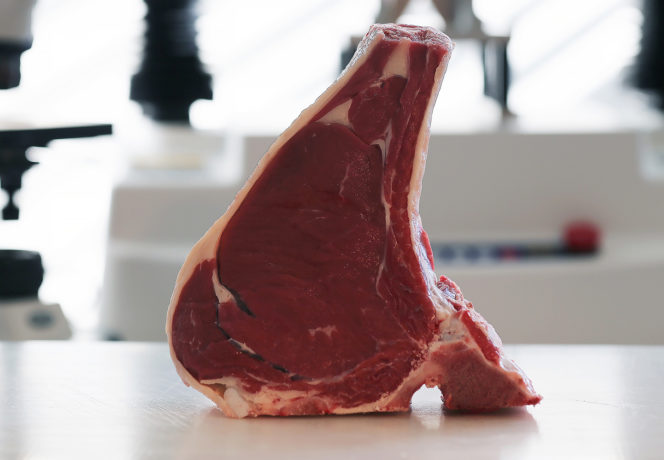
Swiss beef tenderness survey: third 2018 campaign
The third beef tenderness survey campaign was carried out during the final trimester of 2018. One hundred sixty-eight samples of beef were purchased in retail outlets, as well as 38 pork fillets for purposes of comparison. Some of the samples were also analysed as part of the beef origin verification program set up by the…

Safety clearances for the Liebefeld cultures
The microbial strains that Agroscope uses for practical trials and which, if successful, subsequently become part of a defined mixed culture, must demonstrate a high level of safety. With this end in view, 186 strains of lactic acid bacteria from the Agroscope Culture Collection were tested for transferable antibiotic resistances, the formation of biogenic amines,…

How nutritional value and eating quality of pork can be further improved
A feeding experiment was conducted on three pig farms to evaluate the possibility of producing pork with both a specifically improved nutritional value and exceptional eating quality. By supplementing the feed, the concentrations of selenium, vitamin E and omega-3 fatty acids were increased in the meat and adipose tissue of the pigs as well as…
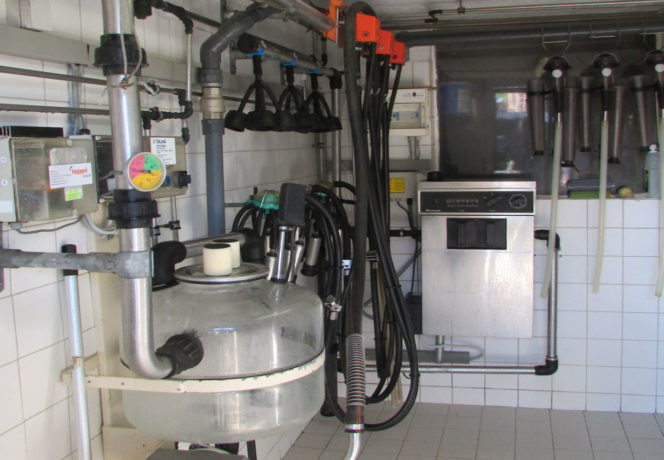
Avoiding persistent contamination with propionic acid bacteria and Lactobacillus parabuchneri in milking systems
Persistent contaminations with propionic acid bacteria and Lactobacillus parabuchneri in milking systems have repeatedly resulted in financial losses in cheese processing. Moreover, histamine in the cheese, caused by Lactobacillus parabuchneri, can also affect consumer health. Biochemical and molecular biological methods have been developed and introduced into practice to enable the quick and reliable identification of…

Vegetable protein as an alternative to meat: an assessment for Switzerland
If self-sufficiency in vegetable protein for the human diet is to be increased, the issue should be considered as comprehensively as possible. This study presents a systemic analysis of the situation in Switzerland, showing which protein-rich crops are most suited to sustainable and organic farming, highlighting their nutritional potential, and indicating the necessary steps for…

Method for improving export opportunities for Swiss foods
The agriculture and food sector is faced with major challenges. The increasing saturation of domestic markets means that the sales potential for Swiss foodstuffs lies outside of the country. Consequently, the Swiss agricultural sector is increasingly reliant on the export-oriented food industry and the support of export promotion. Working together with the Federal Office for…

Swiss local food products competition: sensory evaluation methodology
Nowadays, consumers want products with genuine value-added. With the impact of a medal on the purchasing decisions of consumers being well established, the Fondation Rurale Interjurassienne has dreamt up an event specifically designed to highlight the various Swiss local and origin-linked food products available to consumers: the Concours Suisse des produits du terroir, or Swiss…

Food safety of cheese: process for the treatment of cheesemaking milk
In the manufacture of traditional types of cheese, the processing of fresh milk that has been treatedas gently as possible is of crucial importance. Preserving the microbiome and the activity of the original enzymes in the raw milk to the greatest extent possible allows these cheeses to retain their original character. This objective conflicts with…
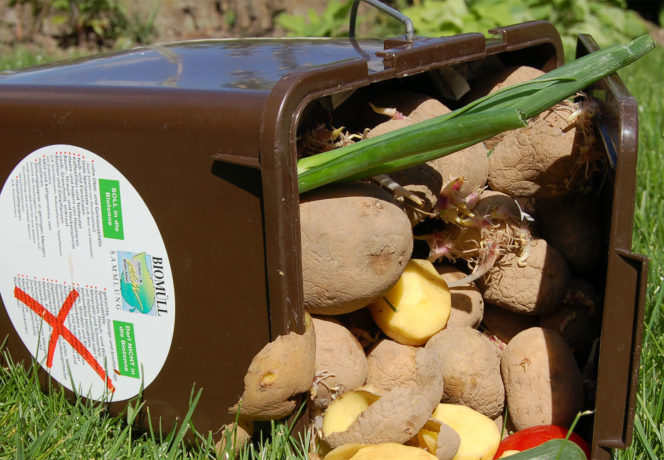
Potato losses in Switzerland from field to fork
This study ascertains potato losses in Switzerland along the value chain from field to fork on the basis of questionnaires. The results show that 41–46% of all processing potatoes and 53–56% of all table potatoes are not eaten by consumers. These losses do not represent a complete waste, however. Threequarters of table-potato losses and 90%…

Potential of whey as a food constituent in Switzerland
Each year, 1 300 000 tons of whey occur in Switzerland as a by-product of cheesemaking: 24 % is used in the food industry, 31 % is transformed into high-value animal feed and 45 % is fed directly to pigs. Increasing the percentage made into foodstuffs would be desirable but is difficult to realize because…
Influence of the storage period between sampling and analysis on total bacterial count in milk
Every month, only one official milk-testing result is available from between 1000 and 1200 milk producers instead of the two required. Of the missing results, one part originates from milk-collection centers where milk delivery takes place every other day and sampling is performed manually, and is therefore attributable to the time delay between sampling notification…
World champion cheese cultures
Swiss cheeses regularly win prizes at international contests. Experts widely agree that the microbial cultures from Liebefeld have contributed greatly to this success story. Thanks to the use of cultures with bacteria originally stemming from biodiversity in the nearby area, the connection between traditional Swiss cheeses and their terroir can be strengthened considerably. This article…
Supplementation of pig trunk material to Saucisson vaudois
Saucisson vaudois, a cold-smoked raw sausage, were produced with and without 8 % trunk material in five meat processing plants being members of the Association charcuterie vaudoise IGP (ACV-IGP). Production occurred by the use of company-specific standards for the recipes and the processing parameters. Supplementation of 8 % trunk material differed only in a few…
Cervelat production with beef casings from different origins
In comparison to the common beef casings from Brazil, beef small intestines from the following countries were tested for their applicability as natural casings for cervelat, a typical Swiss boiled sausage: Brazil (BRA, control), Uruguay (URU), Argentine (ARG), Paraguay (PAR), Australia (AUS), New Zealand (NZL) and Panama (PAN). The sausages were produced with the different…
Orotic acid content in cow`s, ewe`s and goat`s milk
The ewe’s milk is much lauded for its high orotic acid content. This is sought after as a miracle cure and a universal drug. Although reliable data on this subject can not be found in the scientific literature, the myth of ewe’s milk particularly rich in orotic acid still persists. For this reason, the Agroscope…
EU-Project Quality low input food: influence of processing on the content of conjugated linoleic acids
Among consumers there is a growing demand for food products with a natural nutritional-physiological advantage over comparable conventional products. As part of an EU funded project, Agroscope Liebefeld-Posieux ALP examined the possible impact of processing on nutritionally valuable milk components, using the example of conjugated linoleic acids (CLA). Among the many benefits ascribed to CLA,…
Behaviour of the probiotic strain Lactobacillus gasseri K7 in ripend semi-hard cheese
Two strains of Lactobacillus gasseri were tested for their suitability as probiotic additives to cheese. They werde added seperately along the processing of semi-hard cheese (Tilsit type and Swiss type cheese ) together with the starter cultures. Samples were drawn from the center region in defined intervals during the ripening phase to determine the survival…
